Exploring the world of art, history, science and literature. Through Religion

Welcome to TreasureQuest!
Look through the treasures and answer the questions. You’ll collect jewels and for each level reached, earn certificates.
How far will you go?
You need an adult’s permission to join. Or play the game without joining, but you’ll not be able to save your progress.
These coins were the first to use this medium to proclaim the qur’anic revelation to a mass audience.



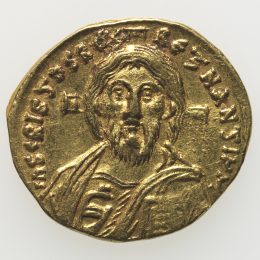


Are there links to current religious practices or a modern equivalent?
In Britain, the 50 pence coin has been used on several occasions, to celebrate important, historic and current events, each being commemorated by a new reverse design, such as the 75th anniversary of the Battle of Britain in 2016, and the London Olympics held in 2012.

Where is it from, where is it now?

Websites
British Museum
The Museum’s website has lots of information about money, from its early beginnings to the present day.
Books
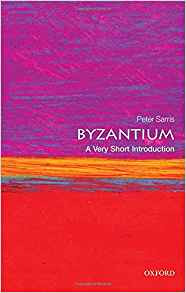
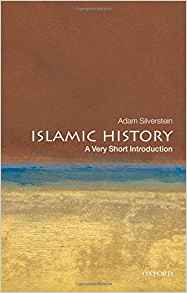



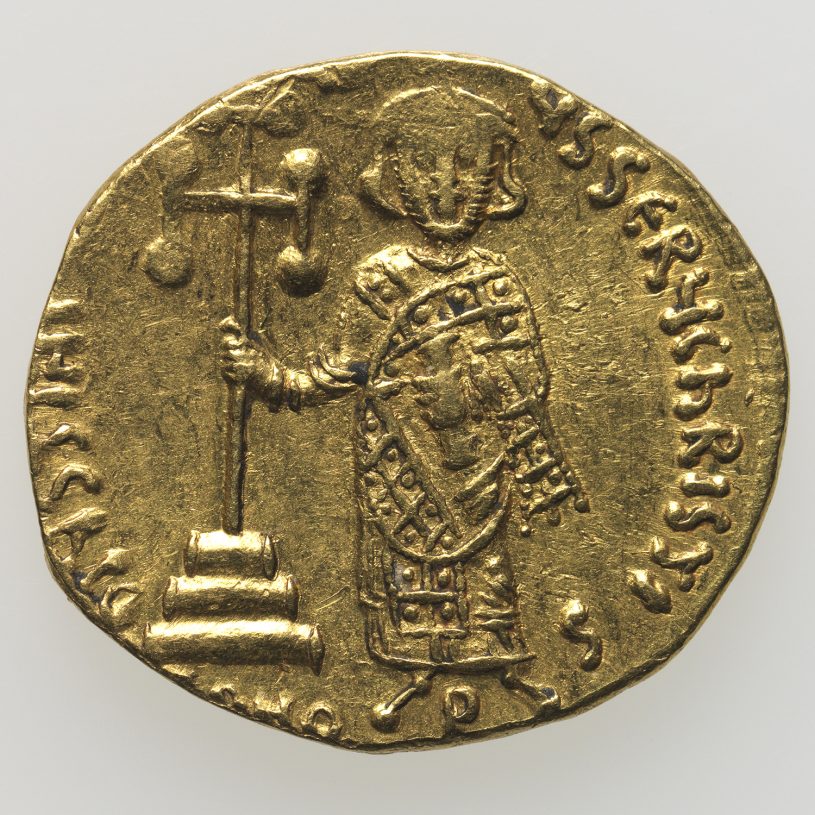
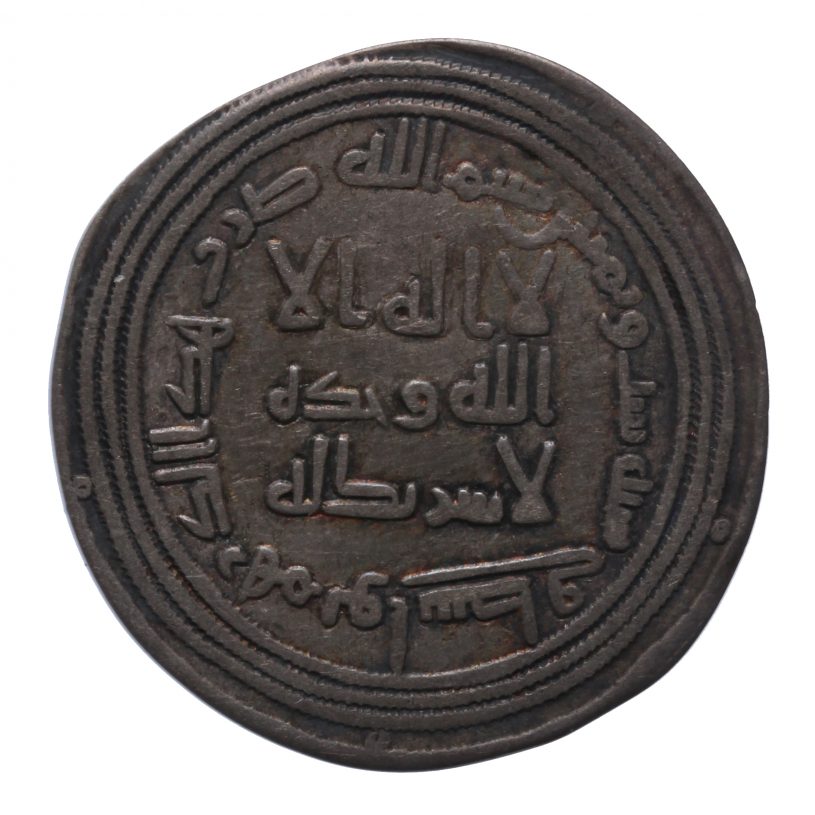
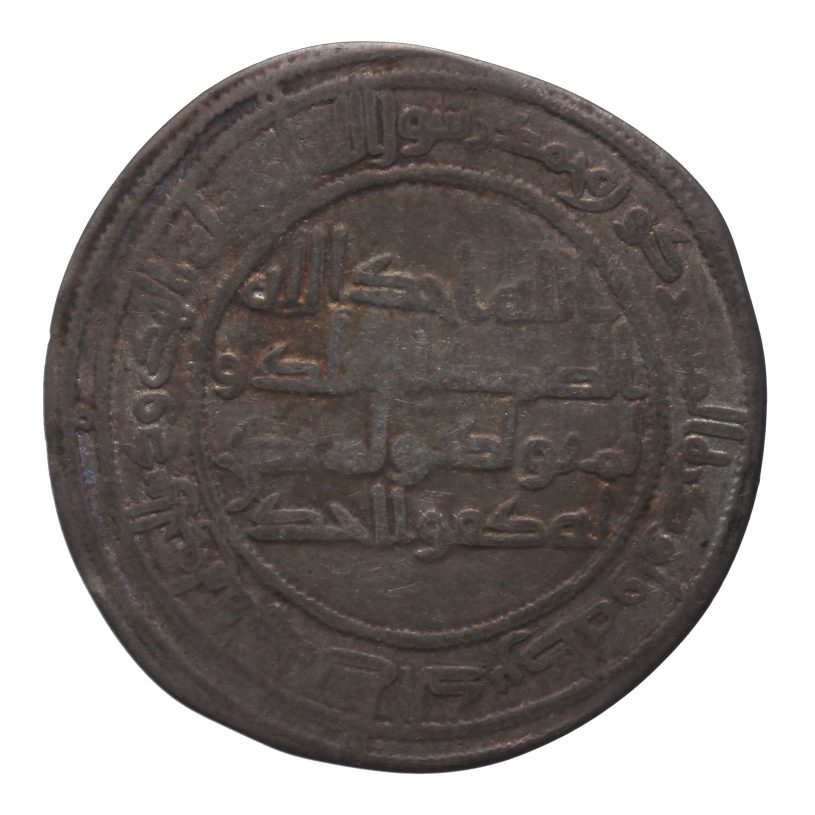
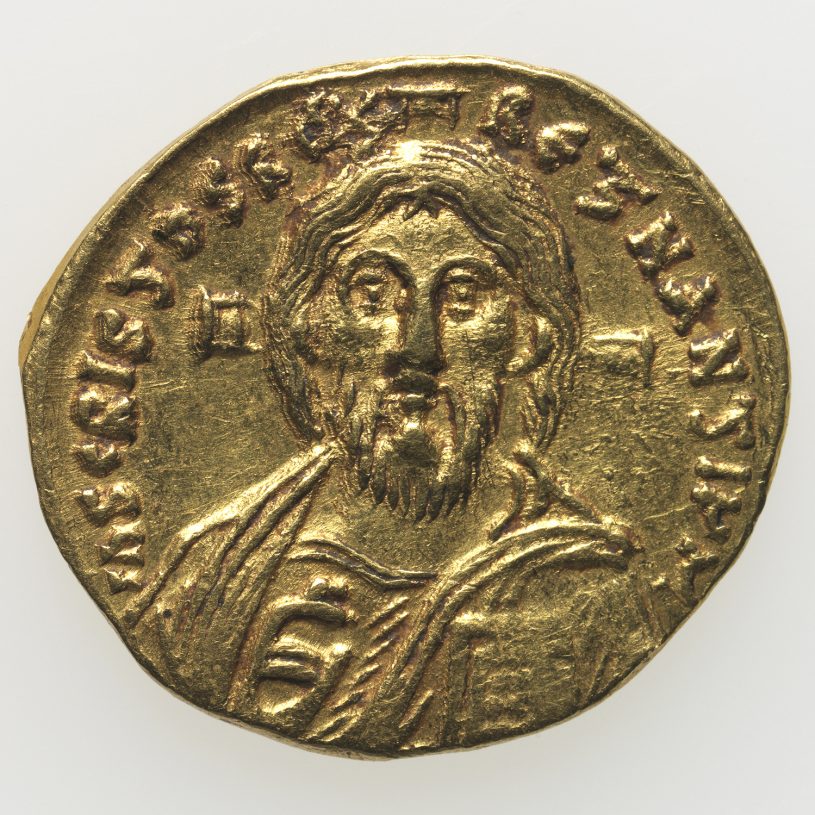
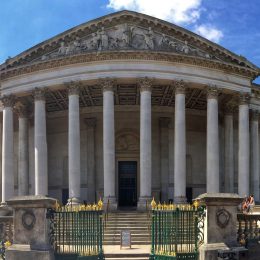





 Faculty of Divinity
Faculty of Divinity